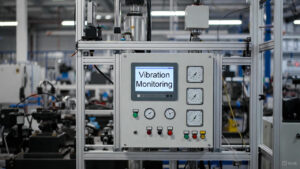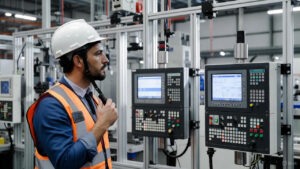Overall Equipment Effectiveness (OEE) is a standard that measures the percentage of manufacturing time that is truly productive. It helps to measure manufacturing and production productivity. OEE supports TPM by carefully tracing the progress and downtimes to achieve the determined target of perfection.
 An OEE score of 100% depicts production excellence.
An OEE score of 100% depicts production excellence.- An OEE score of 85% depicts ‘almost’ perfect for manufacturers
- An OEE score of 60% depicts typically fair chance for discrete manufacturers
- An OEE score of 40% usually depicts lack of TPM
OEE takes into account the following components that maps with the TPM goals and considers different types of productivity loss.
- Availability
Goal: Zero Stoppages
What it does? Availability Loss are taken into account that includes events that delay or stop the planned production for a noticeable amount of time. Events like breakdowns (unplanned stops) or changeovers (planned stops) fall in this phase.
- Performance
Goal: Restrain short stops or Slow cycles
What it does? Performance Loss are taken into consideration that scrutinize the factors that cause machines to operate at less speed than the expected speed when running fall in this phase.
- Quality
Goal: Zero Defects
What it does? Quality Loss are taken into consideration that look for defects are areas that require rework. Event like Production Rejection is an example of this component.
- OEE
Goal: Seamless Production
What it does? All the above losses ( Availability, Performance, Quality) are accounted which helps to measure true productive manufacturing time.
To compute the productivity losses, measuring OEE is extremely important so as to measure and trace improvements.





